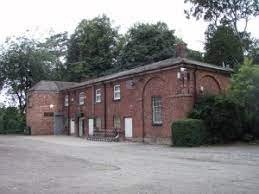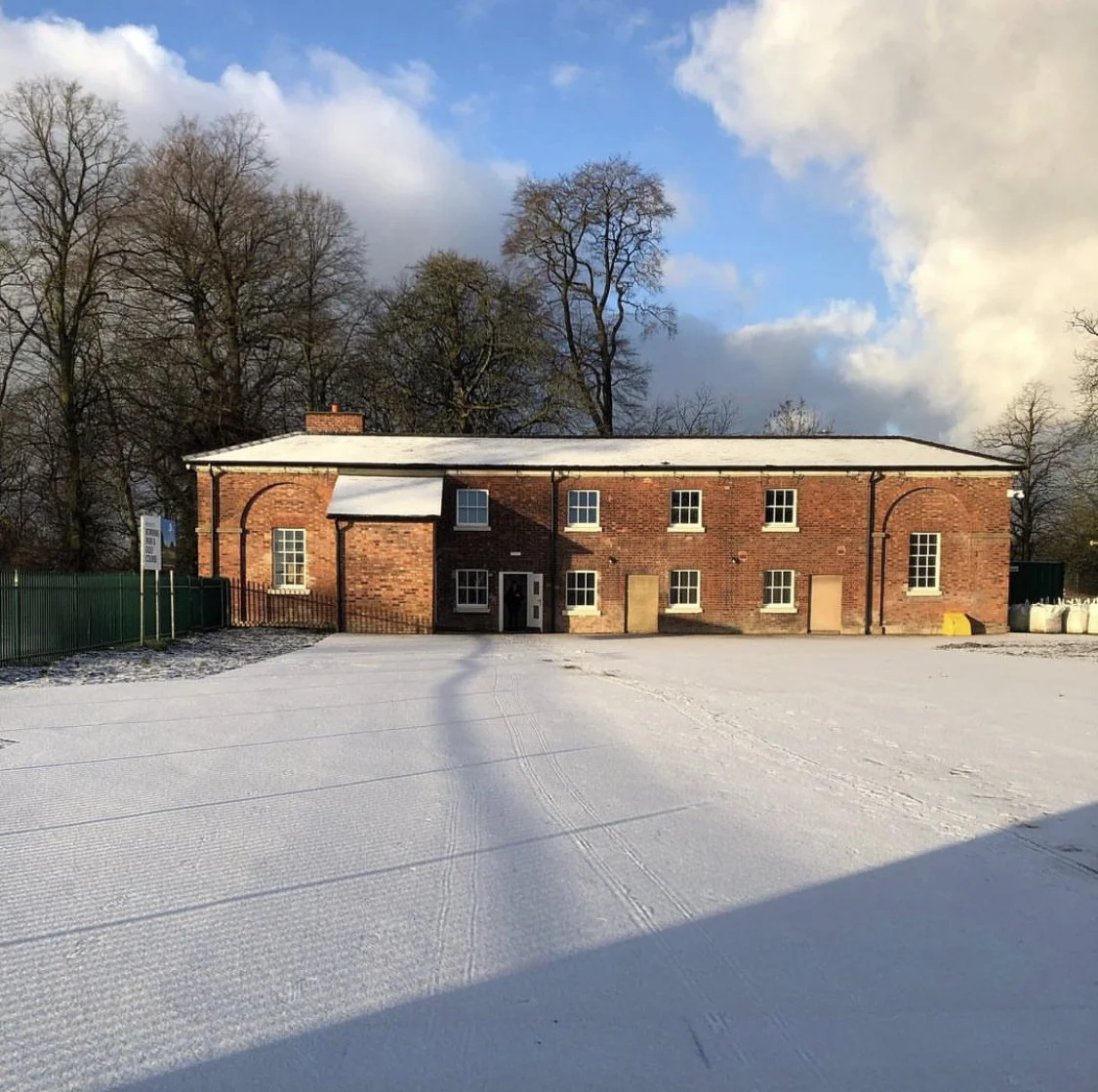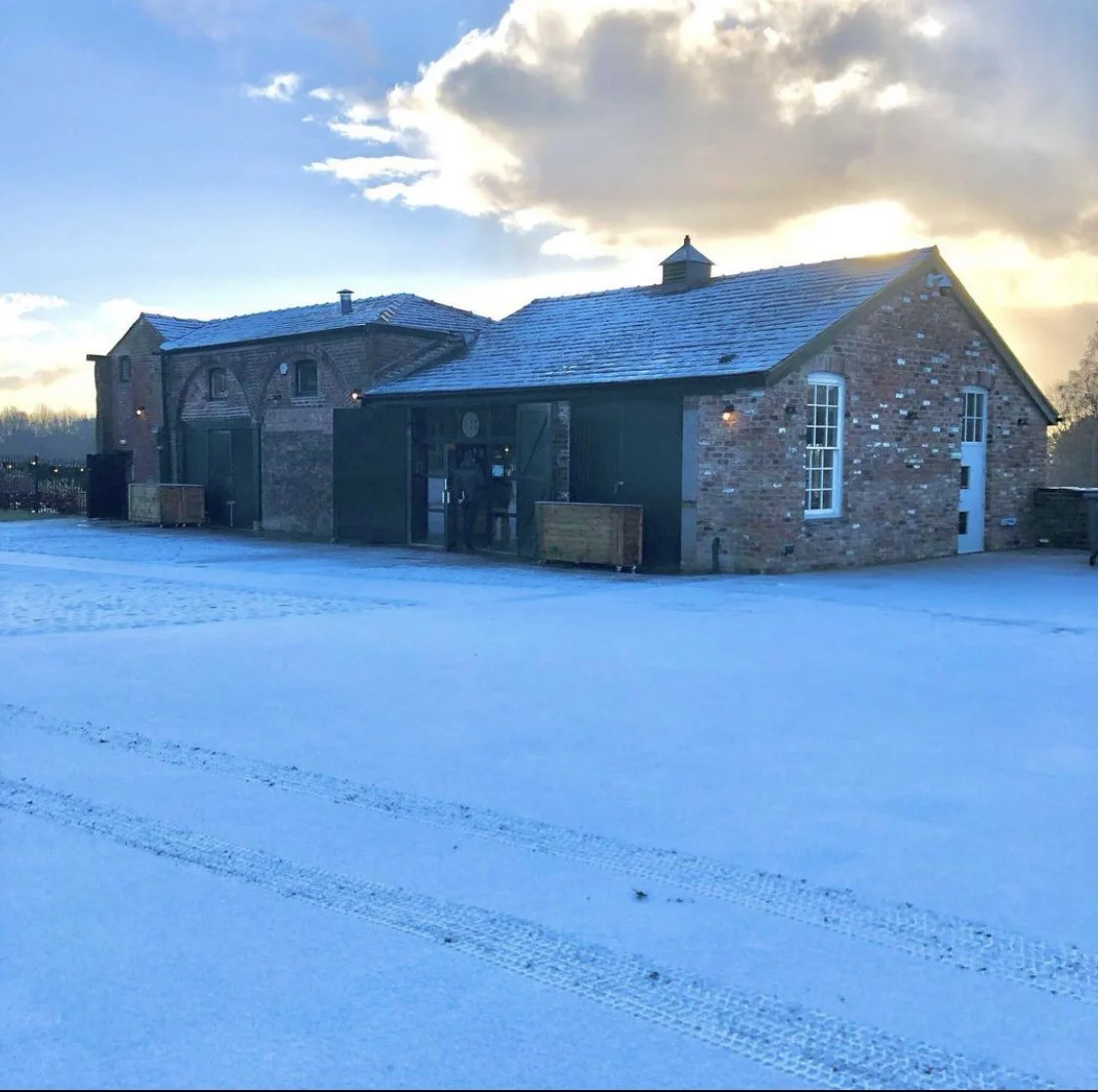
Roby Hall
Bowring Park's Lost Icon
〰️
Bowring Park's Lost Icon 〰️
Before Bowring Park became the place you know and love today, it was known as Roby Hall.
A beautiful Georgian Estate, it was constructed in 1761 after being commissioned by then Mayor of Liverpool, John Williamson.
The hall became the grand focal point in the Georgian ‘English Landscape’ design setting, with a sweeping crescent-shaped coach road taking visitors on a ‘journey’ through beautiful parkland before being presented with a view of the hall itself.
Private Country Estate
Roby Hall was a Private Estate for over 140 years before becoming Bowring Park, with a number of notable residents living here.
Records from an auction by one of these residents (Thomas Edwards-Moss) in 1874 is recorded and showcases the décor of the hall, including paintings by notable artists and collections of luxurious cabinets and furniture made from rosewood, ebony, tortoiseshell, plus other expensive materials.
Public Use
Following the gifting of the Roby Hall Estate in 1906, the hall came into public use.
During this time the hall was used for a period as the Bowring House Country School for Invalid Children, as well as the clubhouse for the newly formed golf course.
Roby Hall was demolished in c.1950 after suffering the ravages of use during the World Wars, including fire damage, which made it too expensive to restore.
Bowring Park’s
Remaining Buildings
Two sister buildings flanked Roby Hall. The western building still stands and is referred to as the Stables Block, however it is more likely to have been domestic quarters. The demolished eastern building was more likely to have been used as stables.
Restoration works on the Coach House highlighted foundations of many different buildings and stages of development. The eastern section includes some original Georgian sections with Victorian extensions to the west. The front of the Coach House would have been an enclosed courtyard framed by other buildings now lost.





